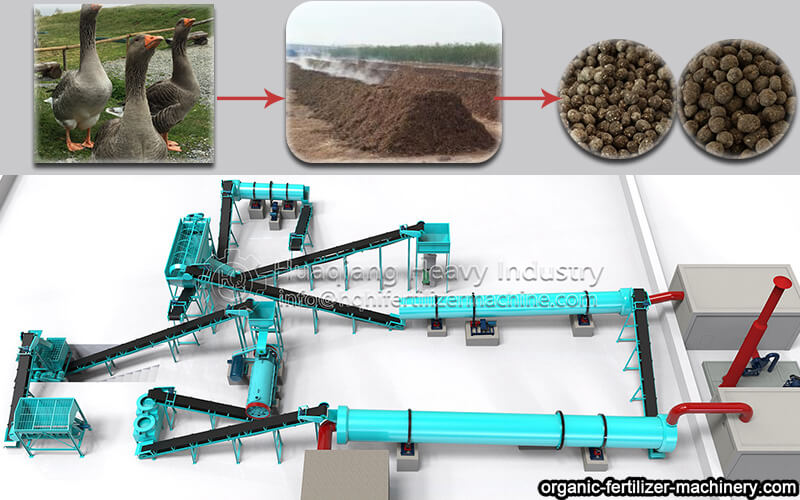In recent years, NPK fertilizer production line in China has developed rapidly, with an annual output of more than several hundred thousand tons. These compound fertilizers are mainly characterized by high technological content, obvious yield increase effects and no pollution. The production, promotion and application of compound fertilizer production lines have positive effects on enhancing soil fertility, increasing crop yield, improving crop quality, and practically promoting sustainable agricultural development. The compound fertilizer production line produced by our company has the advantages of compact structure, less investment, quick results, reliable operation, low dust, and good economic benefits. It is favored by users.
Process effect of NPK fertilizer production line:
(1) The compound fertilizer production line has a fast ball forming speed, uniform particles, and the pelletizing rate has been increased from 50% to 60% to more than 95%;
(2) The output is increased by more than 30%, the particles are round and the surface is smooth;
(3) Moisture of finished product ≤ 1.0%;
(4) Nitrogen content control accuracy: + -1.5%, the nitrogen content of the compound fertilizer produced can reach 25% to 28%, which can easily achieve the production of high nitrogen and high potassium compound fertilizers;
(5) High particle strength, effectively preventing the powdering and agglomeration of compound fertilizer particles;
(6) The operation flexibility is increased, and the operation is stable, especially after the internal modification of the dryer, it can continuously produce for 6 to 8 months without sticking to the wall;
(7) Low drying temperature, saving 1/3 of coal burning and low-water content compound fertilizer production line.
Zhengzhou Huaqiang Heavy Industry has a powerful NPK fertilizer production line product manufacturing capability, integrating formulating equipment, design, production, installation and commissioning, product production, personnel training through-train service. Related products are: shredder, mixer, fertilizer granulator machine, dryer, etc.



.jpg)
.jpg)



.jpg)